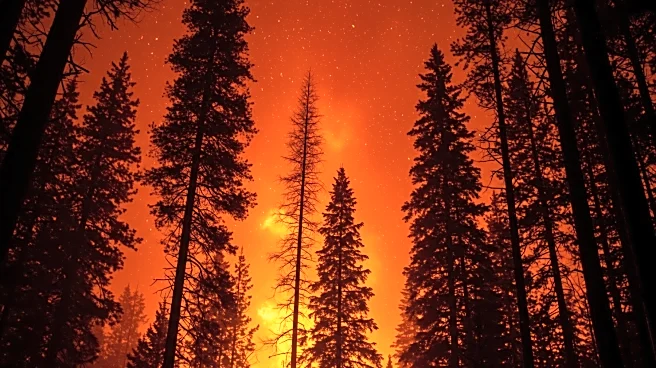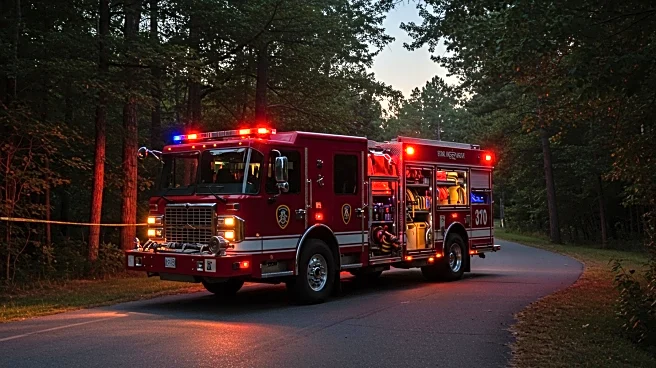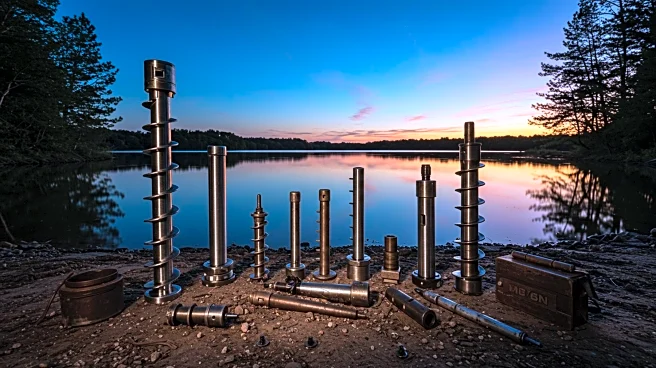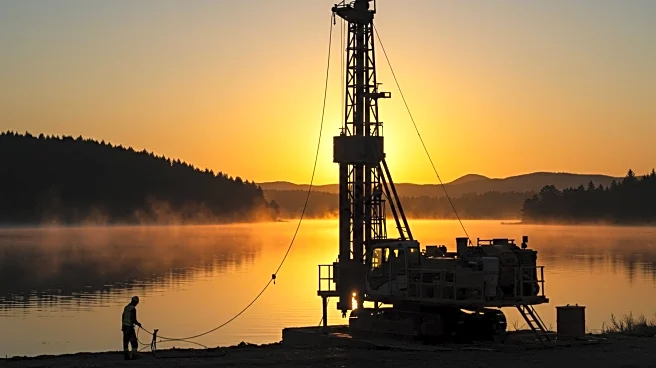What is the story about?
What's Happening?
Canada is experiencing its second-worst wildfire season on record, with 18.5 million acres of forested land burned since the beginning of the year. Persistent hot and dry weather has exacerbated the situation, leading to drought conditions across much of the country. The provinces of Saskatchewan and Manitoba have been particularly affected, with the Shoe fire in Saskatchewan burning 1.4 million acres since May. Recent rainy weather has provided some relief, reducing the risk of new fires and slowing the growth of existing ones. However, Newfoundland and Labrador are now facing an active wildfire season, with multiple fires classified as out of control.
Why It's Important?
The severity of the wildfire season in Canada has significant implications for environmental and public health. The fires contribute to air pollution, affecting air quality and posing health risks to residents. The destruction of forested areas impacts biodiversity and carbon sequestration, exacerbating climate change. Economically, the fires can disrupt industries such as forestry and tourism, leading to financial losses. The situation highlights the need for effective wildfire management and climate adaptation strategies to mitigate future risks.
What's Next?
As the wildfire season continues, authorities are likely to focus on containment efforts and providing support to affected communities. The shift in weather patterns may offer temporary relief, but long-term strategies are needed to address the underlying causes of increased wildfire activity. Stakeholders, including government agencies and environmental organizations, may push for policy changes to enhance wildfire preparedness and response capabilities.
AI Generated Content
Do you find this article useful?











